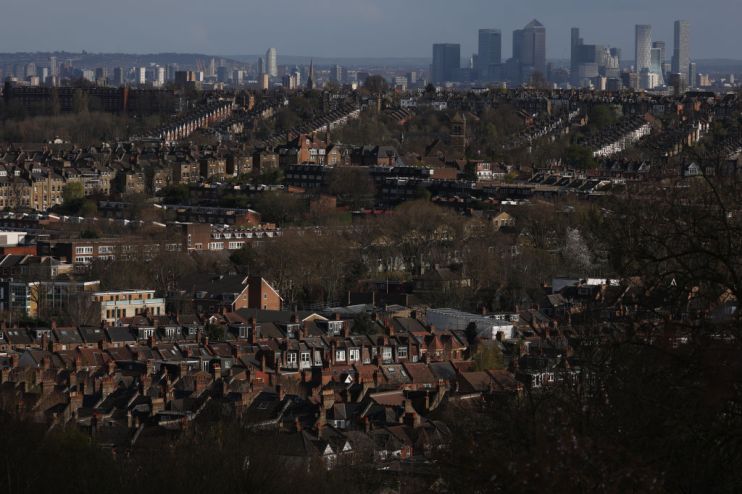Warmer homes and lower emissions? We should all jump on the heat pump bandwagon

Britain’s homes are in desperate need of a makeover.
As the oldest and draughtiest housing stock in Europe, poor energy efficiency across the UK’s residential buildings not only leaves consumers cold and out of pocket, it also presents a substantial threat to our progress toward a net zero economy.
Following discussions held at Cop28 last week, there needs to be significant action from across the government, as well as from financial services, the energy sector and the housing industry to improve the UK’s housing stock.
At the time of writing, the UK’s 28m residential homes account for 16 per cent of total UK carbon emissions. That is a remarkably high figure.
Retrofitting activity – things like improving insulation, adding triple glazing or drawing heating from a low carbon source such as a heat pump – can create significant change. But this needs to be promoted by the government and the private sector.
On that particular issue, the UK is lagging behind. According to independent data from the UK Climate Change Committee, the UK came last out of 21 neighbouring countries per capita installations of heat pumps in 2022, and 11th out of 21 for total volume installations.
The importance of retrofitting cannot be understated. According to the University of Warwick, retrofitting could save the average household nearly £400 of energy bills a year. Furthermore, as a result of cold and draughty homes, it is estimated that the NHS spends at least £2.5bn a year treating illnesses caused by living conditions.
The longer we delay these upgrades, the more individuals may experience the inconvenience and costs associated with living in colder homes.
According to a recent report from Lloyds, three in five owners (57 per cent ) think it is important to make their property net zero. Crucially, however, only a fifth can afford it. Even beyond the issue of cost, knowledge is also
a crucial barrier – with only 28 per cent of people feeling that they know what to do to make their property ‘net zero ready’.
Of those people who spoke to Lloyds, many expressed the view that both governments and banks aren’t currently doing enough to support the transition. Almost 68 per cent of homeowners and 87 per cent of landlords would want financial support from their bank to upgrade their homes.
It’s vital that collaboration happens to provide greater incentives for homeowners to improve their properties. Policy certainty in this space in the long-term will be crucial, but there are other interventions that can help provide much needed clarity and financial support. These include improving the accuracy and reliability of Energy Performance Certificates (EPC), introducing a system of energy-efficiency linked stamp duty to reward green home improvements, or using employer tax incentives to drive retrofitting action via employees.
Simple measures such as cashback can also help. Lloyds Banking Group, for example, has provided thousands of customers with cashback for approved energy improvement initiatives.
The window to reduce carbon emissions and empower our customers to create warmer and more affordable homes is still open. Yet, seizing this opportunity demands united efforts and collaboration between policymakers, energy companies, house builders, landlords, and banks. We must collectively confront the challenges that lie ahead with a sense of urgency and unwavering commitment.
Dr Rebecca Heaton, the director of environmental sustainability for Lloyds, also contributed to this article.